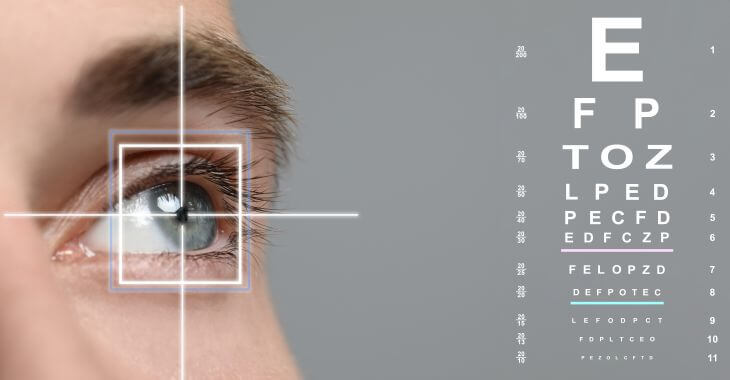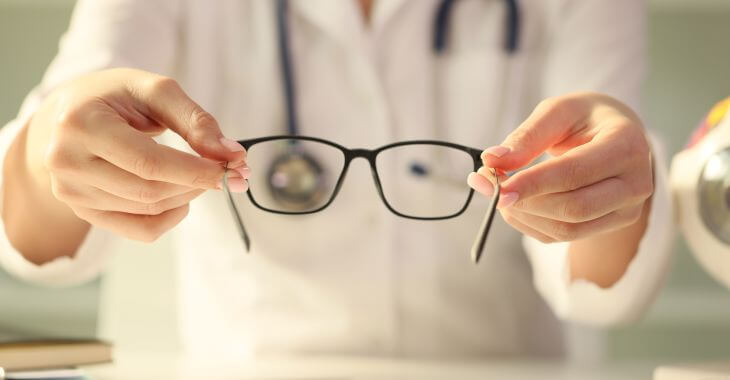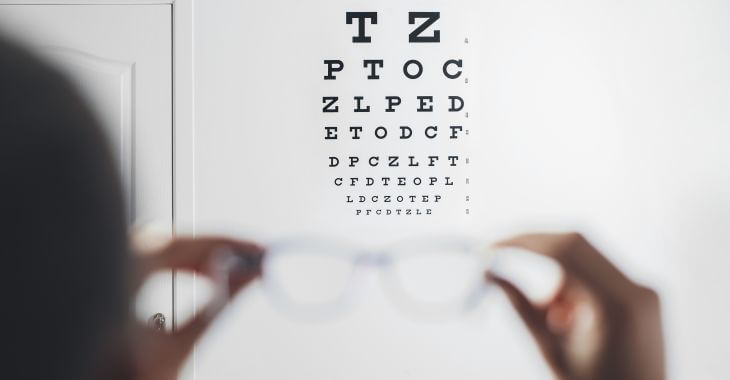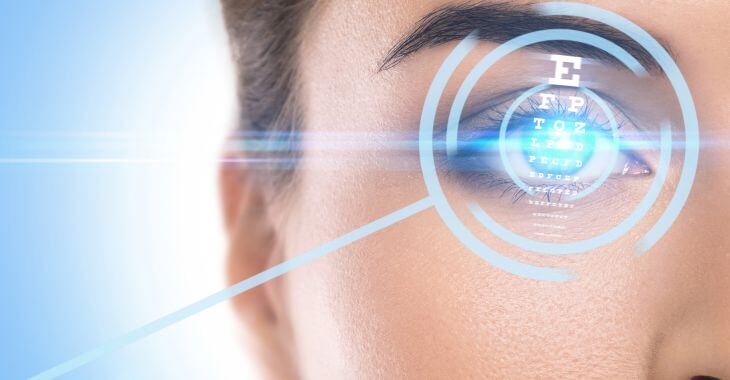At What Prescription Is Legally Blind?

When someone is diagnosed as “legally blind,” it does not necessarily mean that they have no sight at all. It only means that their eyesight is extremely poor and cannot be corrected to a certain level. What prescription is legally blind? Here is what you need to know about legally blind vision.
The term “blind” refers to a lack of vision, but there is a difference between completely or partially blind and legally blind. Completely blind is when a person cannot see at all, even light, and partially blind is very limited vision. Legally blind is a term that refers to the level of disability due to poor vision.
What Is Legally Blind Prescription?
Visual impairment and blindness have many different levels and terms. There are different types of blindness and different aspects of vision that can affect sight. Partial vision, central vision loss, tunnel vision, and blind spots are all types of blindness that can affect vision prescription.
What prescription is considered legally blind is a vision that cannot be corrected to an acceptable level for performing many daily tasks without assistance. In terms of eyesight prescriptions, this would be central acuity that cannot be corrected beyond 20/200 in the eye that has the best vision.
Another form of legally blind vision involves the angle of the visual field. If a person only has 20 degrees or less of their visual field, they are considered to have legally blind vision.
What Is Central Acuity Blindness?
Central acuity is the vision that allows you to read and see what is in front of you. For a person that has less than 20/200 vision when corrected to the best level in the better eye, this means they have difficulty seeing items in front of them.
A legally blind prescription based on central acuity means items a person with 20/20 vision can see clearly at 200 feet, a person with 20/200 vision would need to be within 20 feet to see clearly. This makes it impossible to drive or perform many daily tasks safely without assistance.
What Is Visual Field Blindness?
The normal visual field includes 180 degrees, meaning you can see to the right and left, as well as in front of you. This includes central acuity and peripheral vision, allowing you to see everything but what is behind you in the other 180 degrees of the circular space around your body.
What prescription is legally blind when referring to the visual field is when the person can only see 20 or less of the normal 180 degrees. This means they can see directly in front of them, but they cannot see on either side of their head, which is a loss of peripheral vision and often called tunnel vision.
How Is Legal Blindness Determined?
Like all vision prescriptions, legally blind vision or prescription is determined by an eye doctor. The same tests most people have performed by reading an eye chart, covering one eye, or looking at flashing lights in a machine are the tests that are used to determine legal blindness.
Most people are familiar with the large “E” at the top of the eye chart. Those with 20/100 vision can only read the line below the “E,” which puts them barely out of the legally blind range, which lands somewhere between over 20/100 and up to 20/200.
Legal blindness risk increases with age due to many degenerative conditions – the largest portion of legally blind people in the U.S. are over forty. However, anyone can have a disease or injury that results in a legally blind prescription.
What Does It Mean to be Legally Blind?
The term “legally blind’ refers to the U.S. standards at which a person is considered disabled due to lack of vision. What prescription is considered legally blind was first determined in the 1930s. It is estimated that over one million Americans are considered to have legally blind vision.
Many of those who are legally blind can still see with the help of corrective lenses, but their vision is extremely poor. This means they may not be able to pass a vision test to receive a driver’s license and may need assistance in many aspects of their daily lives.
Legally blind individuals can qualify for disability benefits through the Social Security Administration (SSA) if they meet all the necessary criteria. However, many people who are legally blind or completely blind have productive lives and careers despite their disability.

20/200 or less (above 20/100) is what is a legally blind prescription in the U.S., but only an estimated 15% of those with this label are completely blind. If you have poor vision, your eye doctor can determine whether you fall into the legally blind category and recommend treatment to improve your vision.
The information provided on this website, including text, graphics, images, and other materials, is intended solely for informational purposes and should not be used as a substitute for professional medical advice, diagnosis, or treatment.



)